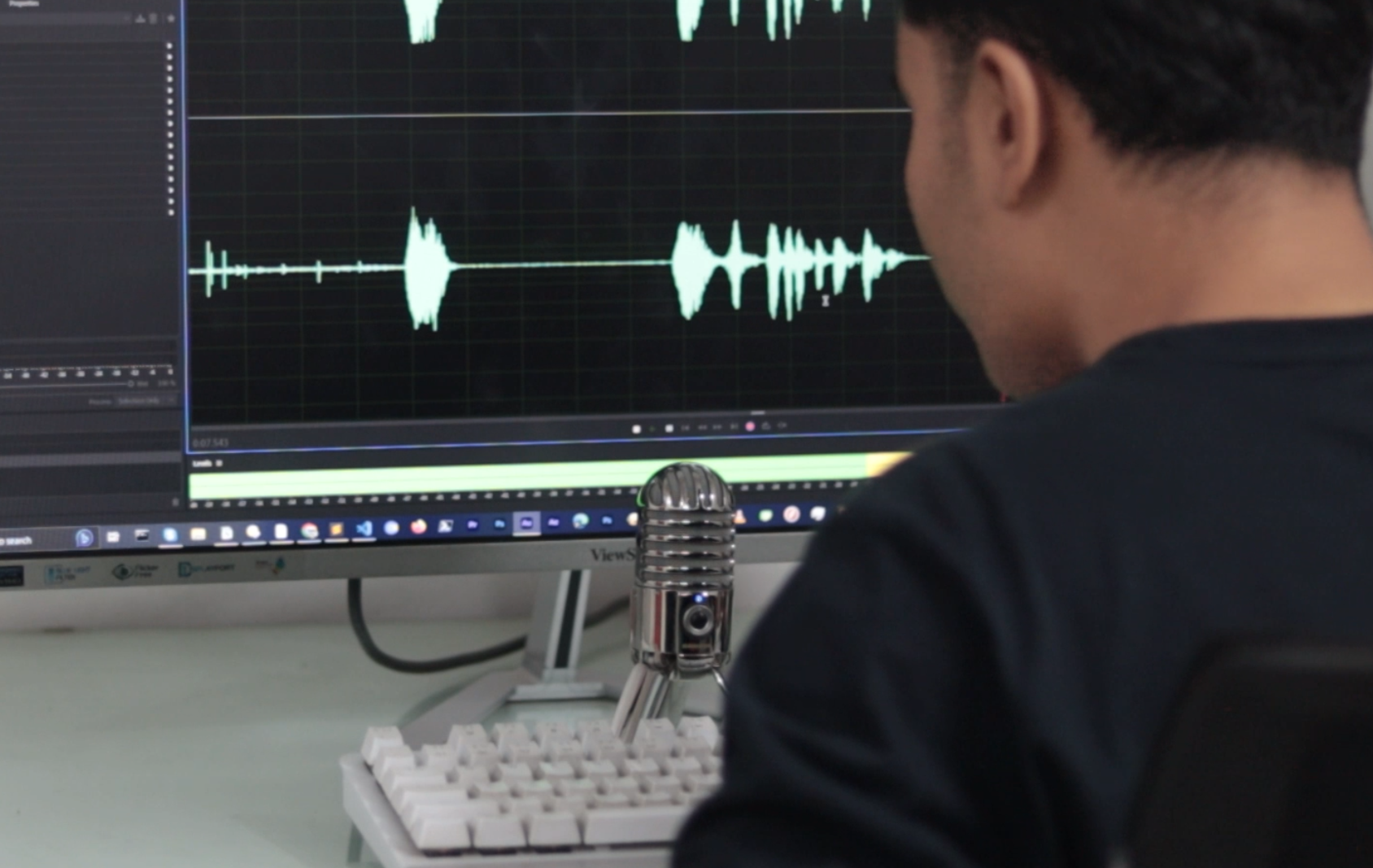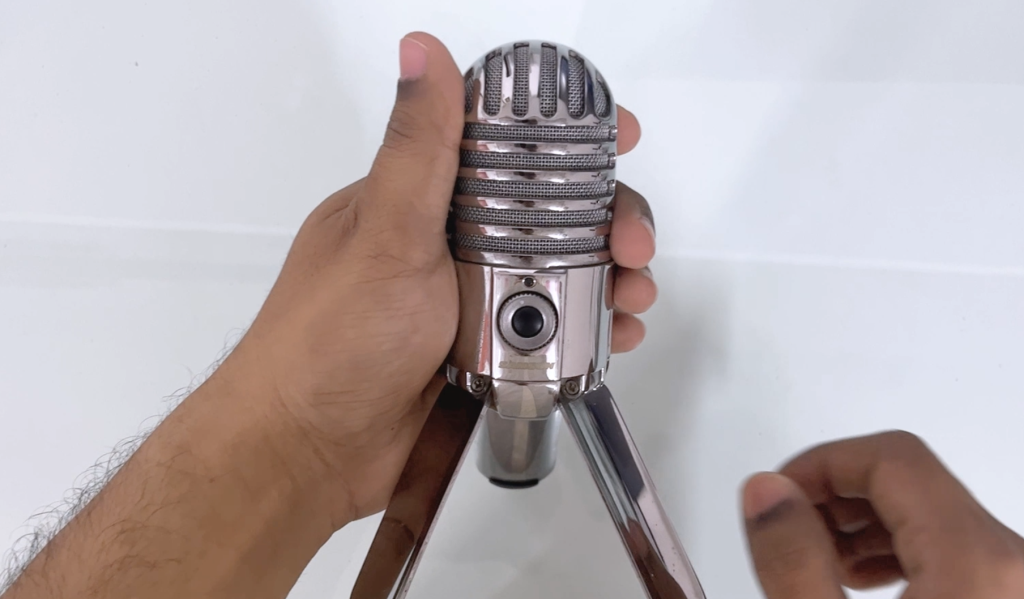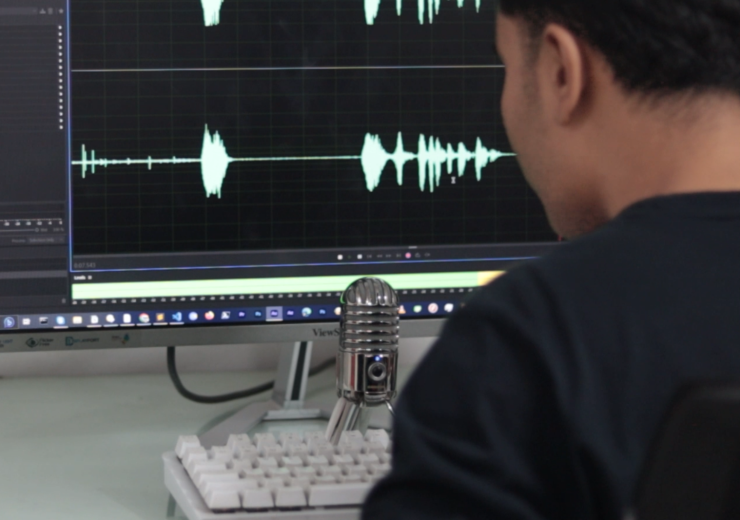
A Guide to Choosing the Best Microphone for Recording
1. Define Your Purpose:
Understanding the primary purpose of your recordings is the foundational step. Are you recording vocals, instruments, podcasts, or a combination of these? Different microphones are designed for specific applications, so identifying your main use will narrow down your options.
2. Know Your Types:
Microphones come in various types, with two primary categories being condenser and dynamic. Condenser microphones are sensitive and ideal for capturing nuanced sounds, making them great for studio vocals and acoustic instruments. Dynamic microphones, on the other hand, are rugged and excel at handling high sound pressure levels, making them perfect for live performances and close-miking instruments.
3. Consider Your Environment:
Your recording environment plays a crucial role in choosing the right microphone. If you’re in a controlled studio setting, a sensitive condenser microphone might be the go-to. In a noisy or dynamic environment, a rugged dynamic microphone can help eliminate unwanted background noise.

4. Connectivity Matters:
The connection type of your microphone is often overlooked but crucial. USB microphones offer convenience and are plug-and-play, making them perfect for beginners or those without dedicated audio interfaces. However, if you’re looking for professional-grade recordings, an XLR microphone connected to an audio interface provides higher audio quality and versatility.
5. Budget Considerations:
While it’s tempting to go for the most expensive microphone on the market, it’s not always necessary. Set a realistic budget based on your needs and explore options within that range. There are excellent microphones available for every budget, and finding the right balance between cost and quality is key.
6. Seek Recommendations:
Don’t hesitate to tap into the wealth of knowledge from fellow musicians, podcasters, or content creators. Read reviews, watch comparison videos, and join online forums to gather insights from those who have hands-on experience with different microphones.
7. Test Before You Invest:
Whenever possible, test a microphone before making a purchase. This hands-on experience allows you to assess how the microphone complements your voice or instruments. Many music stores or studios offer demo spaces for this very purpose.

